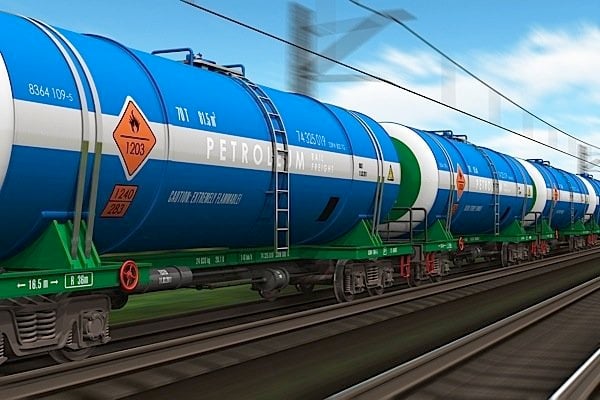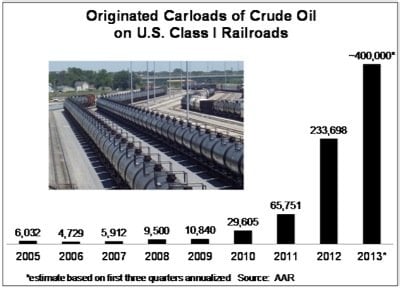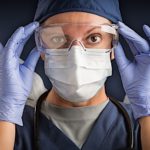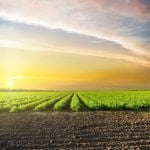TransCanada Corp. announced today that it has begun crude oil shipments between Cushing, Okla., and Nederland, Tex., on its Gulf Coast Project pipeline. The 36-inch OD, 783-kilometre pipeline has an initial design capacity of 700,000 barrels per day, expandable to 830,000 b/d. However, initial shipments will be of 300,000 b/d, increasing to 525,000 b/d by the end of 2014. The Gulf Coast pipeline project, which would be the southern leg of the proposed Keystone XL pipeline if it were approved, has a cost of $2.3 billion.

Calling it a “very important milestone” for TransCanada, its shippers and the Gulf Coast refiners who have been waiting for the line, TransCanada president Russ Grilling said the project was a “critical” piece of American energy infrastructure. It will help to alleviate the glut of crude oil in storage at the Cushing site and others.
On the subject of Keystone XL, Grilling said last week that he is in discussion with rail companies in case President Obama does not approve the pipeline. Saying that pipelines are safer “by far” than shipping oil by train, he said that he would do what his customers want. He added that, lacking approval for Keystone, he would consider building a rail terminal in Hardisty, Alberta, which is where the pipeline would have started. He would also consider building an import terminal at the other end, in Cushing, Oklahoma. The pipeline would have the capacity to move 830,000 barrels of crude per day.

A report in the highly-respected journal The Economist last summer after the Lac Megantic disaster, in which an oil-carrying train derailed and burned, killing 50 people, pointed out that “there would seem to be few reasons for delivering oil by rail . . . trains are much leakier than pipelines.” The risk of a spill, according to International Energy Agency, is six times higher for a train than for a pipeline. This number is contradicted by the railroad industry.
Nevertheless, lack of pipelines in key areas has meant a dramatic increase in the amount of oil being carried by train. That volume has grown from just 9,500 carloads in 2008 to a “probable” total of 400,000 in 2013, according a report from the American Association of Railroads (AAR).
The capacity of a rail tank car, AAR says, is approximately 714 barrels, or 30,000 gallons. The 299,652 carloads of crude that originated in the first three quarters of 2013 would therefore have carried approximately 780,000 barrels per day, slightly less than what the Keystone XL could carry at capacity.


































